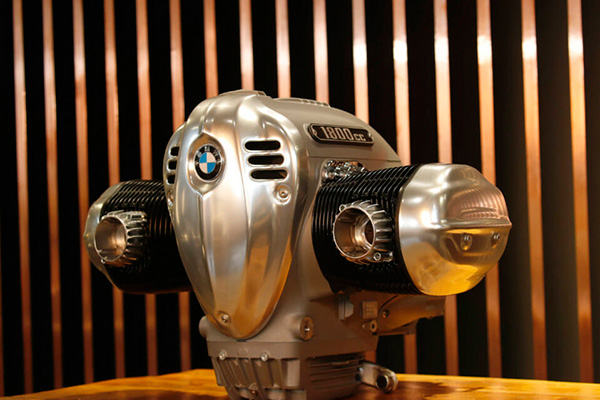6 February 2025
There are a few manufacturers that could claim to have produced the most important long-lived engines. Rover’s V8 for example lasted from 1967 until 2006, and it wasn’t new to start with, based as it was on a General Motors design. Bentley’s L-Series V8 started in 1959 and was finally killed off in 2020, Jaguar’s XK unit survived from 1949 until 1992… the list goes on.
But certainly worthy of consideration is BMW Motorrad’s boxer. Clearly well developed over the years, its boxer unit is still being installed into new motorbikes, with the R18 cruiser a case in point. But it can trace its origins back to 1923.
Engines before bikes

The original ‘boxer’ engine was designed by Karl Benz in the late 1890s, developing a new type of four-stroke engine that was horizontally opposed, this case with twin cylinders, that involved the two pistons reaching top dead centre and bottom dead centre at the same time. The idea was to improve balance and reduce vibration, and because of the action like that of two boxers trading punches, it gained the ‘boxer’ nickname.
Fundamentally, it’s a design that offers good levels of power and reliability for its size, and was picked up by an engineer called Martin Stolle. Stolle worked for BMW, and at the end of the First World War, like all German firms, the company was banned from making aero engines. Removing BMW’s core product saw the firm look to alternative sources of revenue, and Stolle had become fascinated with motorbikes, riding a British-built Douglas at the time.
Alongside building engines for trucks, boats, and tractors, Stolle persuaded BMW to build an engine for motorcycles, and designed a 500cc air-cooled boxer for the task. BMW didn’t make motorbikes at the time, and the engine was only planned to be sold to the high number of small motorbike manufacturers in Germany at the time.
Starting BMW Motorrad

More than 1,000 examples of this engine were produced, before Stolle left BMW and moved to bike manufacturer Victoria-Werke, where he developed many other motorcycles. In the wake of his leaving, BMW engineer Max Friz was tasked with developing BMW’s first motorcycle, and by December 1922, he had designed the R 32. The engine was initially mounted in line with the length of the frame, but this caused issues with overheating, as the rear-most cylinder didn’t get enough air passing it to cool that side of the engine down enough, so eventually it was mounted across the frame for that now famous profile.

BMW sold a huge number of R32s over the next few years, and so the bike and engine were developed. Now incorporating an OHV design and aluminium cylinder heads, it was incorporated into the R 37, with great success – particularly in racing.
TT Success
The next big step occurred in 1936, with the revolutionary R 5 featuring a new twin-cam version of the boxer. It’s legacy was ensured when the bike became the first ‘foreign’ machine to win the Isle of Man TT, achieving a 100+mph lap.

After the Second World War, development was picked up again, and capacity increased, creating a series of torque-heavy, powerful engines for touring. And it’s still used, a little over 100 years after being first introduced. Heavily redesigned, and with a number of new features and developments over the years, but BMW’s boxer has its roots in pre-BMW Motorrad days.


COMMENT